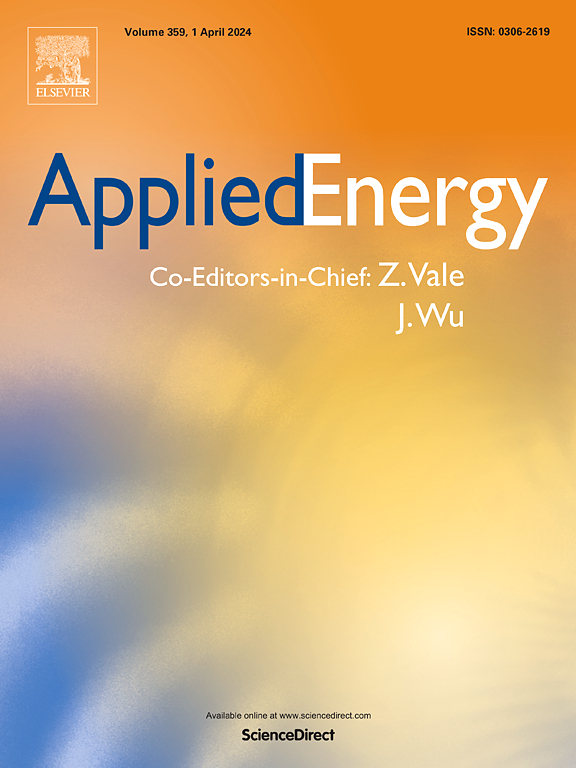Recent developments, challenges, and future scenarios in PV Array reconfiguration for mitigating partial shading
IF 10.1
1区 工程技术
Q1 ENERGY & FUELS
引用次数: 0
Abstract
Partial shading significantly reduces the performance of Photovoltaic systems, leading to hotspots and mismatch losses. One effective approach to minimize the negative impact of partial shading in PV systems is the PV array reconfiguration technique. This paper presents a comprehensive review of the state-of-the-art developments in PV array reconfiguration techniques designed to address the problem of partial shading. The selected reconfiguration techniques are thoroughly discussed and categorized into two groups: Static and Dynamic, which are further divided into nine distinct subcategories. In addition to providing a detailed description of these techniques, a comparison is performed based on array size, algorithm complexity, response speed, outperforming methods, advantages, disadvantages, implementation cost, and applications range to help researchers and engineers choose the most suitable reconfiguration techniques for their specific applications. The study also discussed the implementation challenges and provided recommendations for further research direction.
求助全文
约1分钟内获得全文
求助全文
来源期刊

Applied Energy
工程技术-工程:化工
CiteScore
21.20
自引率
10.70%
发文量
1830
审稿时长
41 days
期刊介绍:
Applied Energy serves as a platform for sharing innovations, research, development, and demonstrations in energy conversion, conservation, and sustainable energy systems. The journal covers topics such as optimal energy resource use, environmental pollutant mitigation, and energy process analysis. It welcomes original papers, review articles, technical notes, and letters to the editor. Authors are encouraged to submit manuscripts that bridge the gap between research, development, and implementation. The journal addresses a wide spectrum of topics, including fossil and renewable energy technologies, energy economics, and environmental impacts. Applied Energy also explores modeling and forecasting, conservation strategies, and the social and economic implications of energy policies, including climate change mitigation. It is complemented by the open-access journal Advances in Applied Energy.
 求助内容:
求助内容: 应助结果提醒方式:
应助结果提醒方式:


